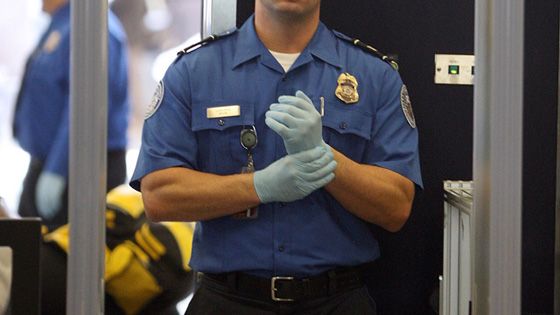“Jobs for every American is doomed to failure because of modern automation and production. We ought to recognize it and create an income-maintenance system so every single American has the dignity and the wherewithal for shelter, basic food, and medical care. I’m talking about welfare for all. Without it, you’re going to have warfare for all.”
This quote from Jerry Brown in 1995 echoes earlier fears that automation would cause mass unemployment and displacement. These fears have not materialized, due to surging economic growth, the ability of the workforce to adjust, and the fact that the extent of automation is largely limited to physical, repetitive tasks. This is beginning to change.
In recent years, before the current recession, automation in already well established areas has continued to make productivity improvements. “Robotics and other computer automation have reduced the number of workers on a line. Between 2002 and 2005, the number of auto production workers decreased 8.5 percent while shipments increased 5 percent. Assembly plants now require as little as 15 to 25 labor hours per vehicle.” The result of these productivity gains has been a higher quality, less expensive product.
As machines become smarter, less repetitive “white collar” jobs will become subject to automation. Change will come so rapidly, the workforce will not be able to adjust, with real opportunities for alternative work decreasing. The earlier fears of mass unemployment will become realized. This mass displacement could lay the foundation for civil unrest and a general backlash against technology. The full extent of this change is unlikely to happen for another generation, with strong growth in China and other emerging economies. Regardless of exact timing or mechanism, the fact is that this transition to full automation has already begun, and micro economics dictate that it will continue. The choice between an inefficient, expensive, human labor force and an efficient, cheap, automated labor force is clear at the micro level, which will drive the pace of change.










